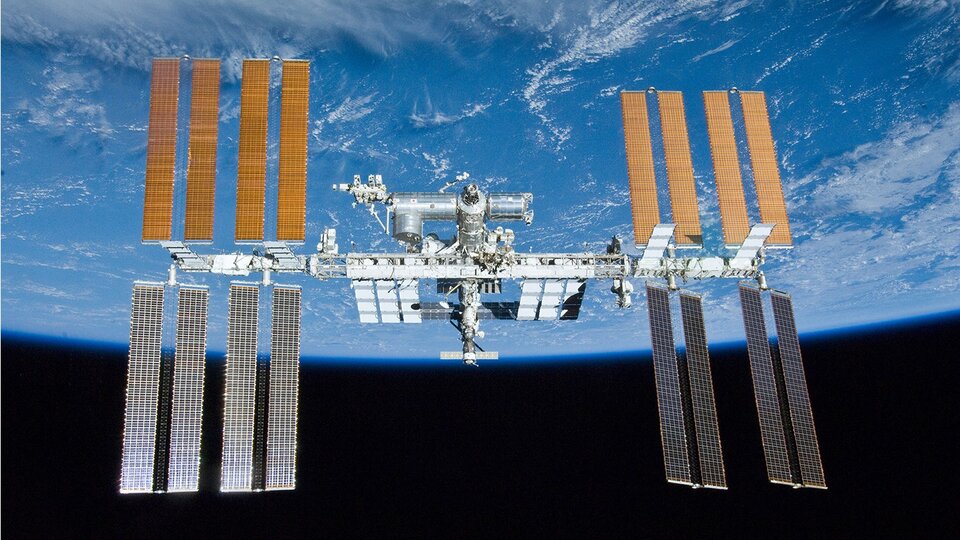the International Space Station (ISS) had to adjust its trajectory and perform an emergency maneuver to avoid colliding with a satellite, which, according to an expert from the Harvard-Smithsonian Center for Astrophysics in the United States, could be Nosat 17a Argentine satellite Operated by the Geospatial Data Corporation Satellites.
Although NASA has not officially confirmed that it is the Argentine ship, astronomer and astrophysicist Jonathan McDowell, from Smithsonian Astrophysical Observatory Located in Cambridge, Massachusetts, I maintained that Ñusat-17 “It was the cause of the International Space Station’s evasive maneuver.”.
“Orbital breakup: The constellation of satellites is just one of several Earth observation constellations with multiple satellites entering the International Space Station’s orbital altitude system. In purple is Nusat-17, which was the cause of the International Space Station’s evasive maneuver yesterday,” the expert posted. Via Twitter referring to the International Space Station’s trajectory modification.
The International Space Station ‘fired its thrusters to avoid the satellite’
from International Space Station Blog (ISS, for its English acronym) confirmed earlier this week that the Modular Space Station It fired its thrusters to avoid hitting a satellite.
The International Space Station “maneuvered the path of an Earth observation satellite early Monday. The moored ISS Progress 83 resupply ship started its engines for just over six minutes by raising the station’s orbit slightly to avoid the satellite approachingThey explained in a statement released Monday afternoon.
30 hours before the potential impact, NASA received initial alerts and, from the data analyzed, received The default evasion maneuver. Teams aboard the International Space Station, along with teams from the US agency and Russian agency Roscosmos on the ground, prepared for the scheduled ignition of the spacecraft’s propellant.
These types of maneuvers, which are derived from space interference, are becoming more frequent, as according to a December 2022 NASA report, The International Space Station has made 32 course corrections to avoid trackable satellites and space debris since 1999.
What is the Argentine satellite Ñusat-17 and what does it do?
The satellite McDowell is referring to that nearly crashed into the International Space Station could be Ñusat-17, which is operated by Argentine company Satellogic.
from the constellation A-1the object was sent into space in 2020 and It is one of ten commercial satellites that perform Earth observation missions.
Ñusat are Argentine nanosatellites launched into space in 2016. Nicknamed Pioneers Fresh sweet potatoesaimed at analyzing and examining the planet and became the first commercial satellites of our country.



:quality(85)/cloudfront-us-east-1.images.arcpublishing.com/infobae/3PS3SJMCCVGVDG2HMMSHZU52XM.jpg)

